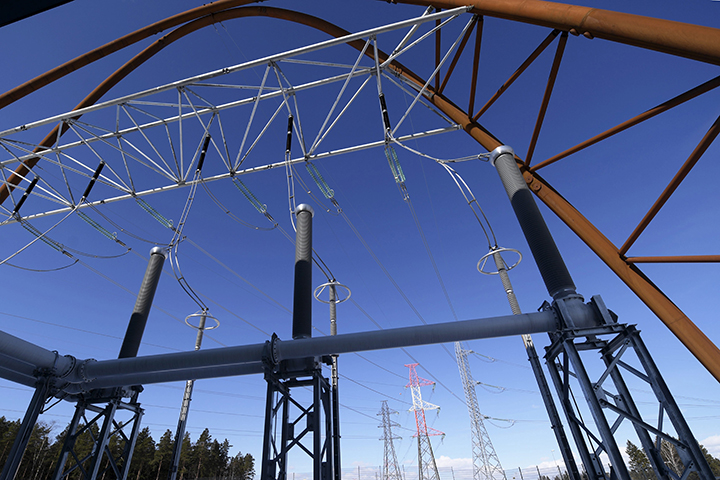The significant differences in electricity prices between Finland and the other Nordic countries have once again been the cause of much debate over the summer. During some weeks, the wholesale price of electricity in Finland was as much as double the price in Sweden.
According to Fingrid’s CEO, Jukka Ruusunen, the price differences – which have occcasionally been very large – are above all due to the differences in the electricity generation structures in the Nordic countries.
“In Norway, most of the electricity is generated by hydroelectric plants, while Sweden relies on hydroelectric and nuclear power. In both countries, prices are kept down by the very low variable costs associated with the generation methods that they use. The price differences are particularly large when there is abundant amount of hydropower available compared to the consumption in the neighbouring countries of Finland.
“In Finland, it is often necessary to rely on more expensive forms of generation. On the other hand, we are already fundamentally more dependent on electricity imports than the other Nordic countries. The prices between Finland and Sweden differ when there is not enough electricity transmission capacity between the two countries to transmit the amount of electricity according to market demand,” Ruusunen points out.
Olkiluoto 3 delay has a major impact
The commissioning of the third nuclear reactor in Olkiluoto, which has been delayed by more than a decade, has worsen the situation in Finland. The delay has caused a generation deficit that could not be taken into account when the transmission capacity was developed, as the transmission capacity investment plans are made for a long time horizon of 10–20 years. The plans were originally based on Olkiluoto 3 being completed roughly on schedule.
“Due to the delay of the new nuclear plant, it has been necessary to import electricity corresponding to 1,600 MW of generation from elsewhere in recent years.”
Finland’s electricity market is also affected by the collapse of electricity imports from Russia. This is due to the fact that Russia has begun supporting its own electricity generation, which has raised electricity prices in Russia.
“When electricity is more expensive on domestic markets, it is not worth exporting. Due to the collapse in imports from Russia, it is necessary to import around 1,000 megawatts more from Sweden, which has further increased the price difference between Finland and Sweden.”
Ruusunen expects the completion of Olkiluoto 3 to balance out the differences in electricity prices between Finland and the other Nordic countries.
The new reactor will provide an extra 1,600 MW of generation capacity, which is a substantial amount in relation to the transmission capacity between Finland and Sweden, which is currently around 2,700 MW in the import direction.
After the commissioning of Olkiluoto 3, Ruusunen expects Finland’s wind power capacity to increase. Several wind farm projects are underway, and there is already talk of thousands of megawatts of wind power capacity.
“The increase in wind power is a good thing, as it will increase the supply of electricity in Finland and reduce the price difference.”






